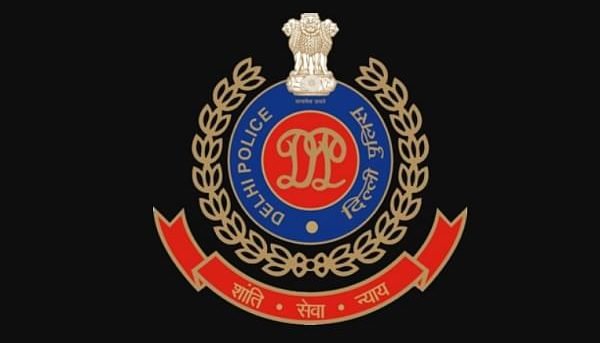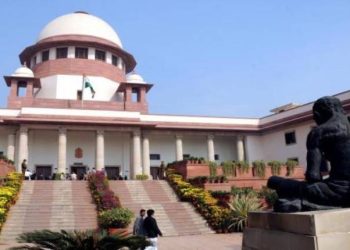New Delhi: Delhi Police have made application of forensic tools mandatory in all cases which carry punishment of more than six years.
An order has been issued by Delhi Police Commissioner Sanjay Arora in this respect, instructing all sub-inspectors, inspectors and ACPs to understand their duties during lifting of forensic exhibits from the crime scene.
This is being done in order to increase the conviction rate and to integrate the criminal justice system with forensic science investigation.
“The decision to make forensic investigation compulsory and legal for such offences has been taken to take the conviction rate higher, on the lines of recent directions of Union Home Minister Amit Shah. Delhi Police have already integrated the criminal justice system with forensic science investigation and have also collaborated with the National Forensic Sciences University (NFSU), Gandhinagar, to train and guide the investigating officers to make watertight cases against accused persons,” said a senior police official.
The standing order, which has been accessed by IANS, is meant for setting out guidelines for use of forensic tools in offences attracting punishment of more than six years by all investigating officers (IOs) of Delhi Police.
In order to meet the need of compulsory use of forensic tools, Delhi Police had in recent past made available mobile crime team vans in each district.
“In addition to it, one forensic mobile van shall be allotted to each district to provide scientific and forensic assistance on the spot to the IOs in need. These vehicles shall be equipped with scientific tools, and sufficient number of forensic assistants shall be deployed in each such van. These forensic mobile vans shall not be under the administrative control of the police, but shall be an independent entity accountable to the court of law,” read the order.
The vans will visit the scene of crime whenever called by the SHO or the investigating officials of any branch or unit.
A few instructions have also beem issued to the police personnel.
“Whenever any incident is reported and it appears to the SHO or the IO that an offence with punishment over six years is likely to be registered and certain forensic evidences are to be lifted from the scene of crime, he shall ask the forensic mobile van to visit the spot,” read the first instruction.
In the second instruction, it has been said that the IO shall deliver a formal request to the in-charge of the forensic mobile van to inspect the crime scene and lift the forensic evidences present on the spot.
The third instruction is regarding the DD entry and recording of ststements of the in-charge of the forensic van, if needed.
“The in-charge of the forensic van shall inspect the scene and lift the evidences. He will properly document all the evidences with the help of his team, including packing and labelling. If the forensic van is taking all the exhibits with it for further examination and analysis, the IO shall record the statement of its in-charge to this effect and properly mention it in the case diary,” the instruction read.
The IO will have to prepare a seizure memo after the inspection and lifting of the exhibits. The memo will be deposited with the Malkhana of the concerned police station. Later, it will be sent to the FSL and CFSL within two or three days. The IO will record all these in the case diary.
“If possible, independent witnesses may also be called to join the proceedings of lifting of forensic evidence and their statements shall be recorded to this effect,” read the fifth instruction.
(IANS)



















